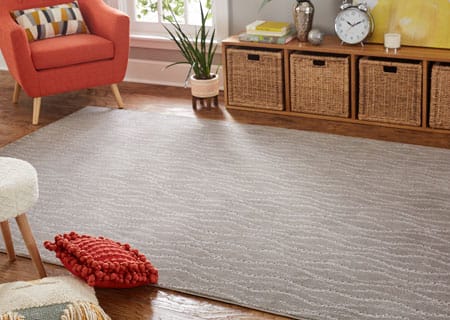The first step in the rug buying process is to determine where you will place your new rug. Before you can decide anything else, you’ll have to consider your space's specific needs.
Living Rooms / Great Rooms
- Placement and size of the rug is crucial to the room's look and feel. Use the rug to help define your furniture groupings. This can be especially helpful if you are working with an open space, like a studio apartment or a combined kitchen and living room, and need to define a sitting area.
- An equal amount of exposed flooring around your rug will balance the room and frame the rug. Be careful not to purchase a rug so large that it touches your wall's baseboard. It is typically advised to leave 12 to 18 inches of exposed flooring around the rug.
- When using a smaller area rug, place the front legs of the furniture on the rug and use furniture coasters under the back furniture legs to achieve level height.
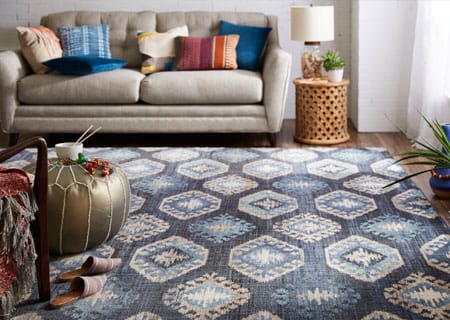
Dining Rooms
- When placing an area rug under your dining room table, the rug should extend just beyond the chairs in the pulled out position.
- To find out what size rug you need, pull out the chairs around the table as you normally would to sit down and measure from the rear chair legs in length and width. Add 8" to this measurement to get an idea of the minimum size rug needed to accommodate your dining room table.
- When looking for a rug to go in a high traffic area, like under the dining room table where spills are inevitable, specifically look for a style made with a stain resistant fiber, like our Smartstrand™ yarn.
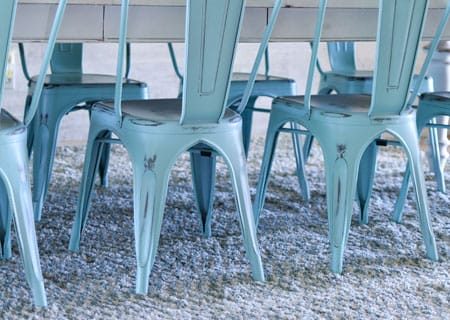
Bedrooms
- In bedrooms, one large, plush rug placed under the bed can be a luxurious comfort to bare feet in the morning. Just be aware that the bed will cover most of the design when you select a pattern.
- If you plan to use one large rug under the bed, measure your bed and allow for an additional three feet on each exposed side of the bed. Typically the rug will only be needed under the bottom two thirds of the bed.
- Some prefer to use multiple smaller accent rugs in the bedroom for affordability. To maintain balance in the room, place one rug at the foot of the bed and one or two coordinating rugs on each side of the bed.
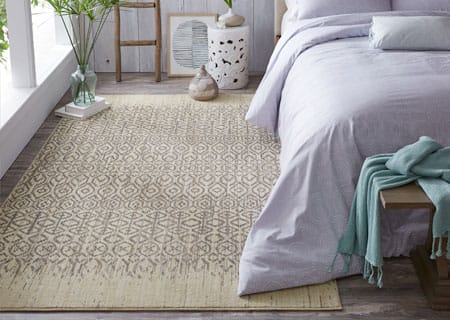
Hallways, Entryways and Other Narrow Places
- Long, narrow runner rugs can be ideal for the places in your home that area rugs and accent rugs are not. Runner rugs can also provide a protective layer over a stretch of flooring in a high traffic area, like the well-traveled path behind your living room sofa.
- When determining the width of runner you'll need, you'll first need to consider what size border of exposed flooring you'd like to have. We suggest leaving 18 to 36 inches of exposed floor along both sides of the runner.
- In hallways and entryways where a door will open on the face of the rug, be sure to measure door heights to ensure doors can easily pass over the rug.
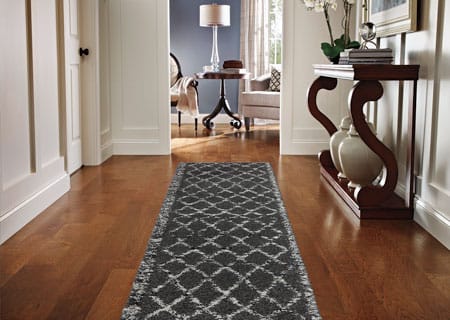
And for Everywhere Else...
- Accent rugs are smaller than area rugs and are often called a throw rug or scatter rug, coined for their ability to be placed in multiple sections of the space.
- Accent rugs can subtly bring colorful patterns and designs into the space without dominating it. To add to their versatility, accent rugs are smaller than area rugs (thus, less expensive) and can easily be changed with the seasons or your changes in preference.
- Some ideal places for an accent rug include: the kitchen, the laundry room, the powder room, a walk in closet, a child's room, an entryway or even in front of a fireplace.
